I have a SpatialPointsDataFrame called johnny, created from a vanilla dataframe by assigning coordinates. These coordinates are in coordinate system EPSG 4326 (the standard GPS geographic coordinate system), but johnny does not know that. So ,I am trying to assign EPSG 4326 to johnny, essentially as in this earlier question data projection in R using package SP . I, too, am using sp. My ultimate goal is to project johnny to projected_johnny. However, I can't seem to assign the existing projection correctly first. Who sees my mistake?
library(sp)
x <- seq(80,90,by=1)
y <- seq(40,50,by=1)
value <- seq(10,20,by=1)
johnny <- data.frame(cbind(x,y,value))
coordinates(johnny) <- ~x+y
class(johnny)
[1] "SpatialPointsDataFrame"
attr(,"package")
[1] "sp"
proj4string(johnny) <- CRS("+init=epsg:4326")
Error in if (is.na(get("has_proj_def.dat", envir = .RGDAL_CACHE))) { : argument is of length zero
I have considered and rejected the following possible solutions after trying them out:
- Adding library rdgal directly
- using CRS("+proj=longlat +datum=WGS84") instead of CRS("+init=epsg:4326")
I am using R 3.6.0 and sp 1.3-1. The rgdal version loaded via sp is 1.5-15. Any ideas are welcome. This should be such a simple action...
